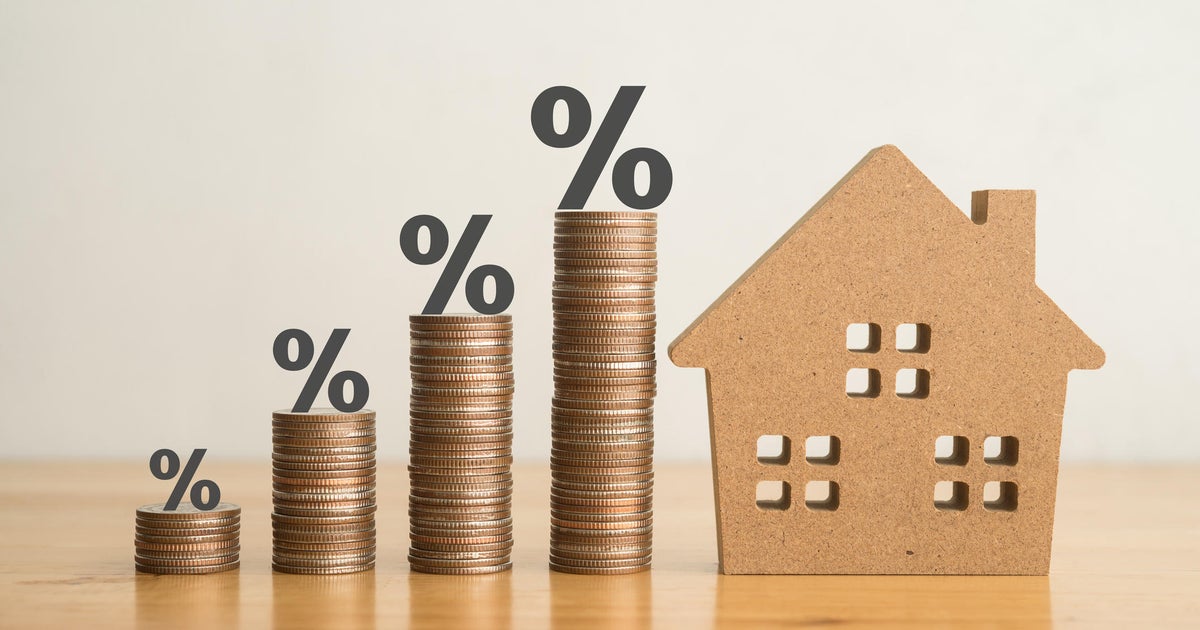Why you may want to refinance your mortgage soon
Following a major spike in inflation — the highest it's been in decades — the Federal Reserve last year elected to raise its federal funds rate to its highest point in 23 years in response. That caused rates for borrowing products to surge, making mortgages, credit cards, personal loans and others significantly more costly than they had been just a few years earlier. Mortgage rates, in particular, rose to their highest level since 2000.
However, since last summer, inflation has cooled significantly and now the Federal Reserve is hinting at an interest rate cut to come, possibly before the end of 2024. And while a formal reduction in rates would ensure that rates on borrowing products will fall, even the indication that they will is helping to ease rates a bit. Against this backdrop, homeowners who purchased a home in recent years may want to consider refinancing. Below, we'll break down a few reasons why this may be a smart approach now.
Start by seeing what mortgage refinance rate you can secure online now.
Why you may want to refinance your mortgage soon
For homeowners who locked in a record-low mortgage rate during the pandemic — or refinanced to one during 2020 or 2021 — it won't make sense to refinance now as today's mortgage rates aren't nearly low enough to make the move worth it. And rates may never approach that low to justify giving it up. However, if you bought a house in 2023, for example, rates may have already fallen enough that refinancing could be justified.
Mortgage rates for a 30-year term hit 7.79% in October 2023, according to historical mortgage data from Freddie Mac. So if you locked in a rate or closed on a home around that time, it may be worth investigating a refinance now. A 30 year-mortgage refinance rate as of June 20 is 6.94% with the potential for that rate to fall further significantly. While most experts would advise refinancing if the new rate is 1% lower than the current one, even half a percentage point could produce enough savings to be valuable.
Not only would you stand to save money each month, but you could potentially save tens of thousands if dollars over the life of the loan. But with rates already near the 1% threshold, some homeowners may want to act now to lock in that lower rate.
Start exploring your mortgage refinance options here today.
Other considerations
While it may make sense for some homeowners to refinance now, others may want to wait for rates to fall even further before making a move. This could be smart if you're confident that rates will continue to head downward but could be risky if inflation remains sticky and the Fed ultimately reverses positions to get it further under control. So you'll need to calculate the risk and reward between acting now versus waiting for a better rate climate that may not come.
Also to be considered: closing costs. While closing costs for a mortgage refinance won't be as high as a traditional mortgage closing, you'll still need to pay to convert the loan to the lower rate. That cost can be paid upfront or rolled into your overall mortgage loan, depending on the lender you use. Either way, you'll want to plan on remaining in the home long enough to recuperate those refinance closing costs otherwise the money you spent to secure the lower rate won't be matched by the savings in your monthly and lifetime payments.
The bottom line
An evolving rate climate, even absent a formal rate cut, could be a motivator for some homeowners looking to refinance. If today's mortgage refinance rates are a full percentage point or even half a percentage point below your current one, it may be worth acting now. That said, interest rates could come down further as the year progresses and it will cost you to refinance, so you'll need to weigh the costs and potential benefits closely to ensure that your ultimate decision is the best one for your financial situation now.




